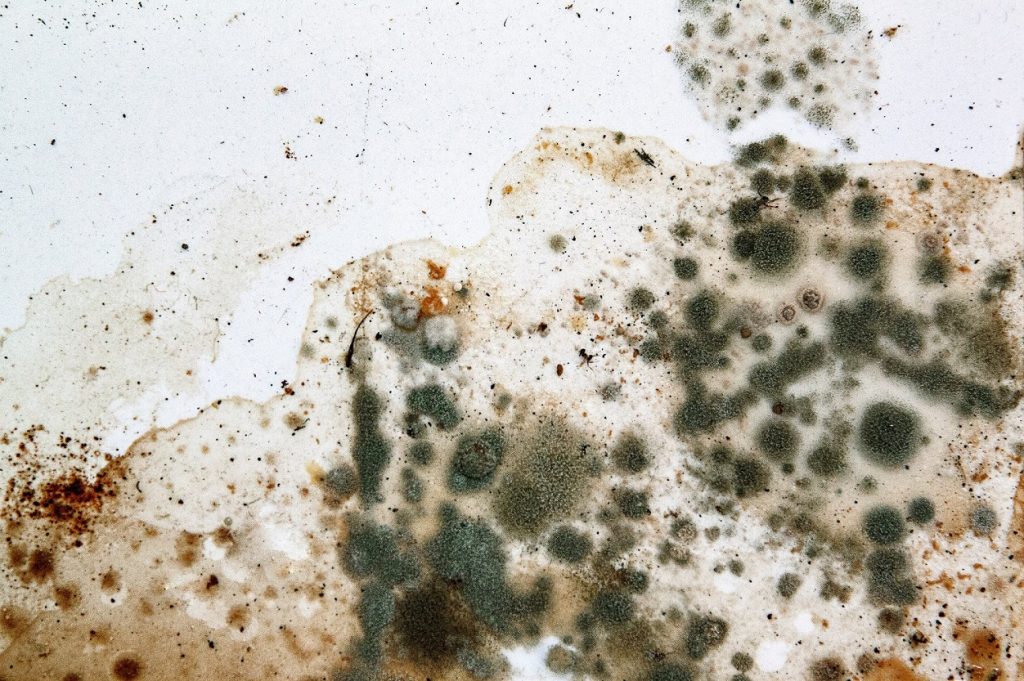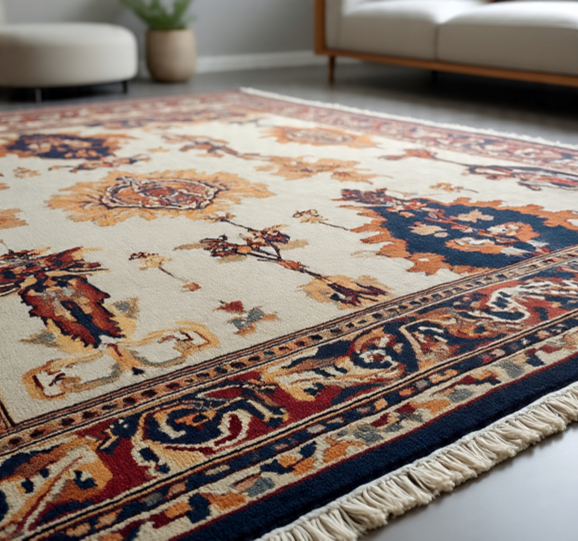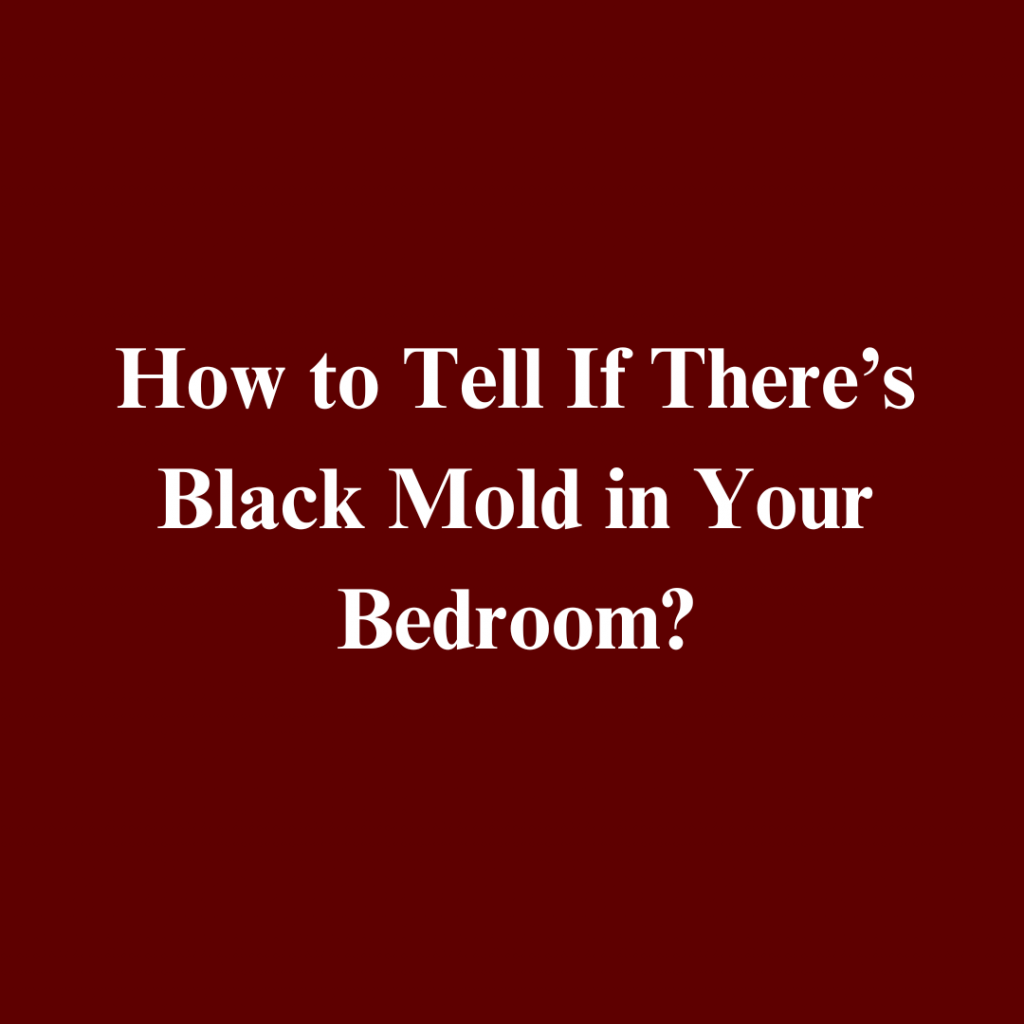Table of Contents
Introduction
Mold growth in homes is a common yet serious issue that can damage property and pose health risks. Mold thrives in specific conditions, and understanding the factors that contribute to its growth can help homeowners take preventive measures. In this blog, we’ll explore the primary causes of mold in the home, how to prevent it, and what you can do to manage existing mold problems.
When disaster strikes, PuroClean Home Savers is here to help you rebuild your life. For immediate assistance with Mold restoration, contact Puroclean Home Savers, Call (+1) 614-689-0012.
1. High Humidity Levels
One of the leading factors that causes mold growth in homes is high humidity levels. Mold thrives in environments where the humidity level exceeds 60%, especially in areas like bathrooms, kitchens, and basements.
- How Humidity Encourages Mold: High humidity creates a moist environment, which mold needs to grow. When the moisture in the air settles on surfaces like walls, floors, and ceilings, it provides the perfect conditions for mold spores to settle and thrive.
- Common Areas Affected: Bathrooms (due to showers and baths), kitchens (from cooking and dishwashing), and basements (due to poor ventilation) are particularly susceptible.
- Prevention Tips:
- Use a dehumidifier in areas prone to high humidity.
- Ensure proper ventilation in bathrooms and kitchens by installing exhaust fans.
- Keep indoor humidity levels between 30% and 50% to inhibit mold growth.
2. Poor Ventilation
Inadequate ventilation is another major factor that contributes to mold growth. Stagnant air allows moisture to accumulate, especially in areas where water is used frequently, like bathrooms and kitchens.
- How Poor Ventilation Encourages Mold: When the air doesn’t circulate properly, moisture gets trapped, providing mold with the moisture it needs to thrive. Poor ventilation also prevents air from drying out damp areas, prolonging the presence of moisture.
- Common Areas Affected: Bathrooms without exhaust fans, closed-off attics, basements, and areas behind large pieces of furniture are all prone to poor ventilation.
- Prevention Tips:
- Use ventilation fans in bathrooms and kitchens.
- Regularly open windows to improve airflow in your home.
- Ensure that attic and basement spaces have proper ventilation systems.
3. Leaking Pipes and Roofs
Water leaks from pipes, roofs, or windows can introduce moisture into your home, leading to mold growth. Leaks often go unnoticed for extended periods, especially in hidden areas like under sinks, behind walls, or in attics.
- How Leaks Encourage Mold: The continuous presence of water from leaks creates a damp environment that mold thrives in. Even small, persistent leaks can lead to extensive mold growth over time.
- Common Areas Affected: Under sinks, behind washing machines, in attics, and around windows where rain can seep in.
- Prevention Tips:
- Regularly inspect plumbing and roofs for leaks.
- Fix leaks immediately to prevent moisture buildup.
- Use waterproof materials or sealants in vulnerable areas, such as windows and door frames.

4. Condensation Buildup
Condensation occurs when warm, moist air comes into contact with cold surfaces like windows, pipes, and walls. Over time, condensation can create the damp conditions that encourage mold growth.
- How Condensation Encourages Mold: In colder climates or during the winter months, condensation is a common issue. The water droplets that form on surfaces provide the moisture mold spores need to grow.
- Common Areas Affected: Windows, cold pipes, metal surfaces, and exterior walls are typical areas where condensation builds up.
- Prevention Tips:
- Insulate cold surfaces like pipes and walls.
- Use a dehumidifier to reduce indoor moisture.
- Ensure windows are sealed properly to prevent cold drafts, which can increase condensation.
5. Flooding and Water Damage
Flooding is a major contributor to mold growth because it introduces large amounts of water into your home. Even after floodwaters have receded, the lingering moisture in carpets, walls, and furniture can lead to mold development.
- How Flooding Encourages Mold: Mold spores spread quickly in the damp, warm environments left behind after flooding. If the water is not properly dried within 24 to 48 hours, mold can begin to grow and spread.
- Common Areas Affected: Basements, ground floors, and areas where water collects or seeps in after heavy rain.
- Prevention Tips:
- Dry out flooded areas as soon as possible using fans, dehumidifiers, and ventilation.
- Remove wet carpets, drywall, and furniture that cannot be completely dried.
- Install a sump pump in flood-prone basements to prevent water from accumulating.
6. Damp Clothing and Fabrics
Leaving damp towels, clothes, or fabrics lying around for long periods can lead to mold growth. This is especially true in humid environments where the fabric doesn’t dry quickly.
- How Damp Fabrics Encourage Mold: Mold thrives on organic materials like cotton and other fabrics. When these materials stay wet for too long, mold spores can take root and grow.
- Common Areas Affected: Laundry rooms, bathrooms, and closets where damp fabrics may be left for extended periods.
- Prevention Tips:
- Always hang towels and clothing to dry immediately after use or washing.
- Avoid piling wet clothes in hampers.
- Ensure your laundry room is well-ventilated to allow for faster drying.
7. Poor Drainage Around the Home
Improper drainage systems can lead to water pooling around your home’s foundation. Over time, this water can seep into basements, crawlspaces, or lower floors, creating damp environments that encourage mold growth.
- How Poor Drainage Encourages Mold: Water that pools near your home’s foundation or in your yard can lead to moisture infiltration in basements or other low-lying areas. This moisture, if not properly managed, can contribute to mold growth over time.
- Common Areas Affected: Basements, crawlspaces, and the lower levels of homes where water may seep in.
- Prevention Tips:
- Ensure your yard has proper grading to direct water away from your home.
- Clean and maintain gutters and downspouts to prevent water from pooling near the foundation.
- Install drainage systems such as French drains or sump pumps to manage excess water.
8. Inadequate Waterproofing
Poor waterproofing, especially in areas like the basement or bathroom, can allow moisture to enter and linger. Over time, even minor water penetration can lead to mold growth, particularly if the affected areas aren’t regularly dried or ventilated.
- How Poor Waterproofing Encourages Mold: Water can seep through cracks in foundations, walls, or poorly sealed windows and doors. If left untreated, this moisture creates the perfect conditions for mold growth.
- Common Areas Affected: Basements, bathrooms, and exterior walls with poor sealing.
- Prevention Tips:
- Use waterproof paints or coatings in basements and other high-moisture areas.
- Seal any cracks in your home’s foundation or exterior walls.
- Inspect and replace worn or cracked seals around windows and doors.
9. Organic Materials in the Home
Mold feeds on organic materials like wood, drywall, and carpeting. When these materials become damp due to leaks, humidity, or condensation, mold can quickly spread.
- How Organic Materials Encourage Mold: Once moisture seeps into these materials, mold spores settle and begin to grow. Homes with wood framing, carpeting, or untreated drywall are particularly susceptible.
- Common Areas Affected: Wooden beams, drywall, and carpets in areas prone to moisture.
- Prevention Tips:
- Address any water damage immediately.
- Consider using mold-resistant drywall or waterproof flooring in areas prone to moisture.
- Regularly inspect wood framing and beams for signs of water damage or mold growth.
Conclusion
Mold growth in homes is driven by a variety of factors, most of which revolve around moisture, poor ventilation, and leaks. By addressing these issues promptly and taking preventative measures such as using dehumidifiers, fixing leaks, and ensuring proper drainage, homeowners can reduce the risk of mold problems. Regular maintenance and awareness of moisture-prone areas are key to keeping your home mold-free and protecting both your health and property value.


